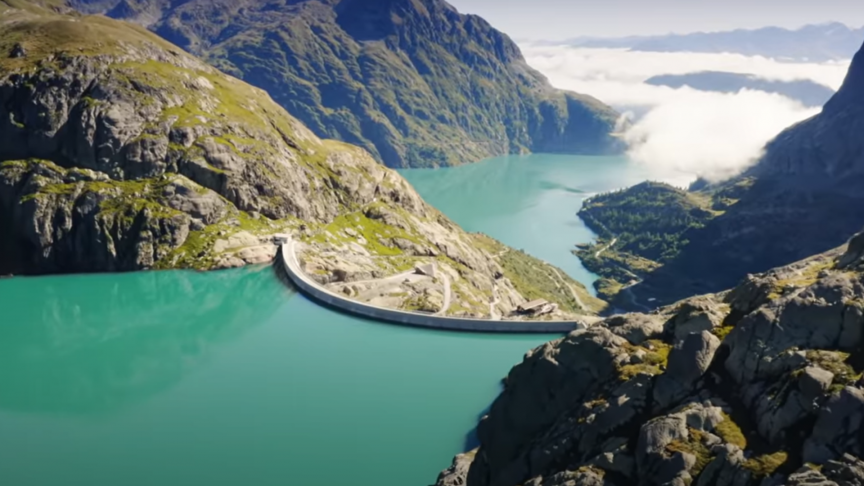Switzerland’s 20 million kWh “water battery” is now operational
A 900 MW “water battery” that cost Switzerland 2 billion euros and was under construction for 14 years, is now operational, euro news reported. The battery is located nearly 2,000 feet (600 m) underground in the Swiss Alps.
As the world focuses on harnessing its energy from renewables, there is also a need to store this energy which is produced intermittently depending on weather conditions and the time of day. While dense batteries are a solution to this problem, these storage devices also require minerals like nickel, cobalt and lithium, which must be mined and are not environmentally friendly.
Scientists around the world have experimented with other energy storage ideas, such as using carbon dioxide or even harnessing the load capacity of elevators in skyscrapers in urban areas for rapid dissipation. energy when demand peaks. Although these are still largely experimental, a water battery is something that is well known to work.
How does a water battery work?
A water battery consists of two large water basins located at different heights. When electricity generation is high, excess power is used to move water from the lower pool to the pool at a higher height, which is like charging a conventional battery.
When the demand for electricity increases, water from the upper level can be released and as it travels to the lower basin it passes through turbines which generate electricity and can be used to power the grid.
The concept may seem new, but it has been used in Switzerland for centuries. The United States has also been using this method for almost a century now, while China recently decided to build 270 GW of storage capacity by 2025.
The water battery recently commissioned in Switzerland has a storage capacity of 20 million kWh, equivalent to 400,000 electric cars, and aims to contribute to the stabilization of the energy network in Switzerland and other networks connected in Europe. The plant has six turbines that can generate 900 MW of electricity, Euronews revealed.
Why did it take Switzerland 14 years to build it?
The battery was built between the Emosson and Vieux Emosson reservoirs in Valais, a canton in southwestern Switzerland. Located nearly 2,000 feet (600 m) underground, the factory’s vast engine room is approximately 650 feet (200 m) long and over 100 feet (32 m) wide.
To move building materials to the site, engineers first had to dig tunnels through the Alps. The length of the tunnels dug for the project extends to approximately 11 miles (18 km). Once these tunnels were in place, construction materials and prefabricated buildings could be moved up the mountain, a process that took 14 years.
To increase the energy storage capacity of the battery, the height of the The Vieux Emosson dam was also increased by 65 feet (20 m). After all that hard work, the battery is now operational and, at its peak, is capable of powering 900,000 homes at once.


Comments are closed.